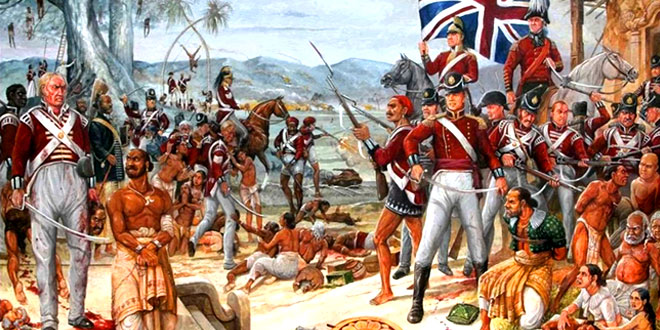Question: Distinguish between industrialization and proto-industrialization.
Proto-industrialization:
- Under this the whole process of production was decentralized.
- As the process was decentralized so it was difficult to supervise and maintain the quality.
- Goods were produced by a vast number of producers working within their family farms.
Industrialization:
- Under this the whole process of production was centralized.
- As the process of production was carried under one roof so it was easy to supervise and maintain the quality.
- Goods were produced by professional workers.
Question: What was the role of trade guilds? Explain.
Answer:
- Trade guilds were associations of producers that trained craft people, maintained control over production, regulated competition and prices.
- They enjoyed monopoly rights to produce and trade in specific products.
- They also had the right to restrict the entry of new producers into the trade.
Question: “The proto-industrialization helped in building a close relationship between the town and the countryside”. Explain.
Answer:
- Merchants were based in towns but the work was done mostly in the countryside by the peasant households.
- A merchant clothier in England purchased wool from a wool stapler, and carried it to the spinners: the yarn (thread) that was spun was taken in subsequent stages of production to weavers, fullers, and then to dyers.
- The finishing was done in London before the export merchant sold the cloth in the international market.
Question: During the first World War years, industrial production in India boomed. Give reasons.
Answer:
- Manchester imports into India declined as British mills were busy with war production.
- Indian industries were also called upon to supply war needs; Jute bags, cloth for the army uniform, tents and leather boots even after the war.
- Manchester failed to recapture its old position.
Question: Who created the cotton mill? How did it help in improving the production?
Answer: Richard Arkwright had created the Cotton mill.
- The costly machines could be purchased, set up and maintained in the mills.
- Within the mills, all the processes were brought together under one roof and managed. This allowed a more careful supervision over the production process, a watch over quality and the regulation of labour, all of which had been difficult to do when the production was in the countryside.
Question: What were the problems of Indian weavers at the early 19th century?
“Explain the miserable conditions of Indian weavers during the East India Company”? regime in the eighteenth century.
Describe any four impacts of Manchester imports on the cotton weavers of India.
Answer:
- Collapse of local and foreign market: Due to industrialization in Britain, their export market collapsed. As British traders started exporting machine- made clothes to India, so their local market shrank.
- Shortage of raw material: As raw cotton was being exported to England, there was a shortage of raw materials. When the American Civil War broke out and the cotton supplies from the United States were cut off. Britain turned to India. As raw cotton exports from India increased, the price of raw cotton shot up. Weavers in India were starved of supplies and forced to buy raw cotton at higher prices.
- Clashes with Gomasthas: Gomasthas were appointed by the government to supervise weavers to collect supplies and examine the quality of cloth. The Gomasthas acted arrogantly and punished weavers for delays in supply. So the weavers clashed with them.
- System of advances: The Britishers started the system of advances to regularize the supply of cotton and cloth. The weavers eagerly took the advances, in a hope to cam more but they faded to do so They even started losing small plots of land which they had earlier cultivated.
 Class Notes NCERT Solutions for CBSE Students
Class Notes NCERT Solutions for CBSE Students





